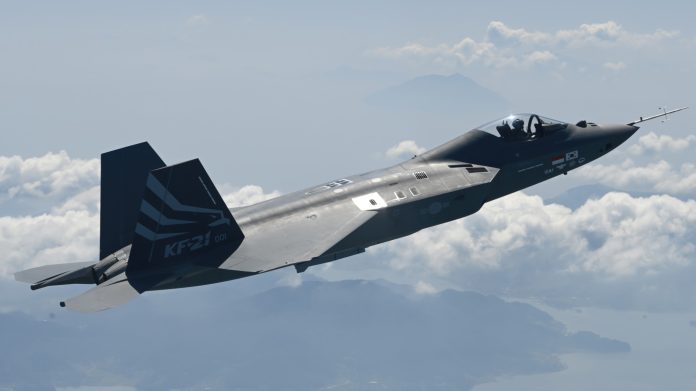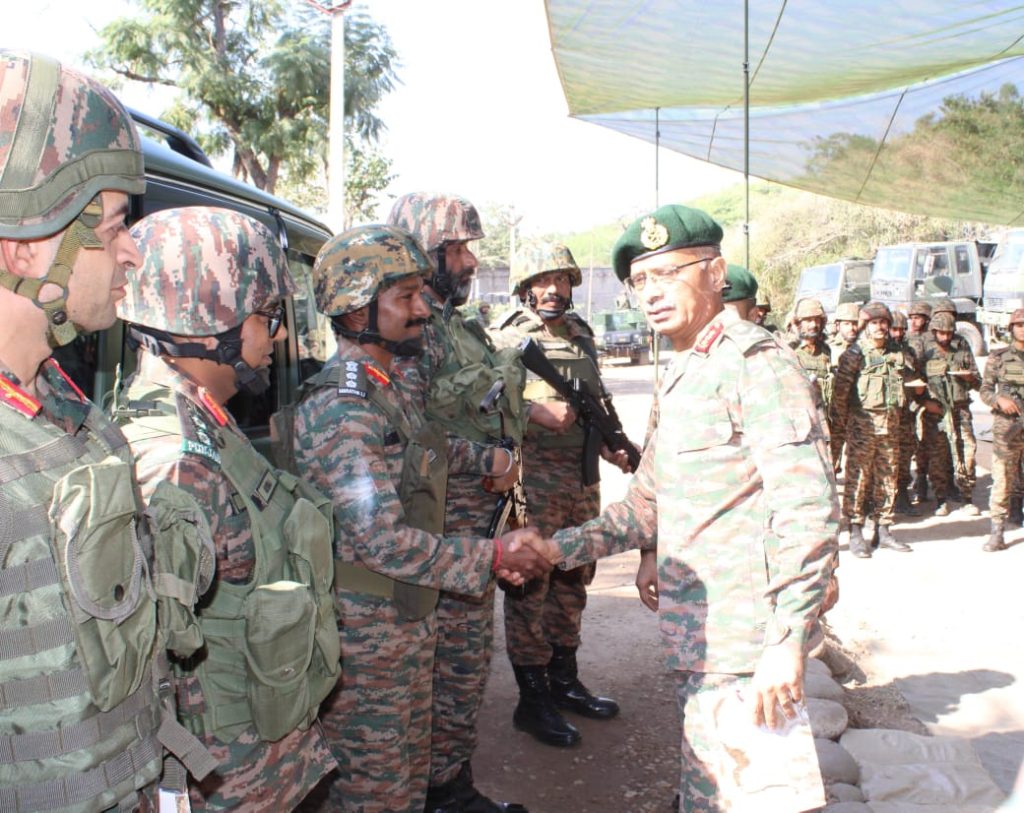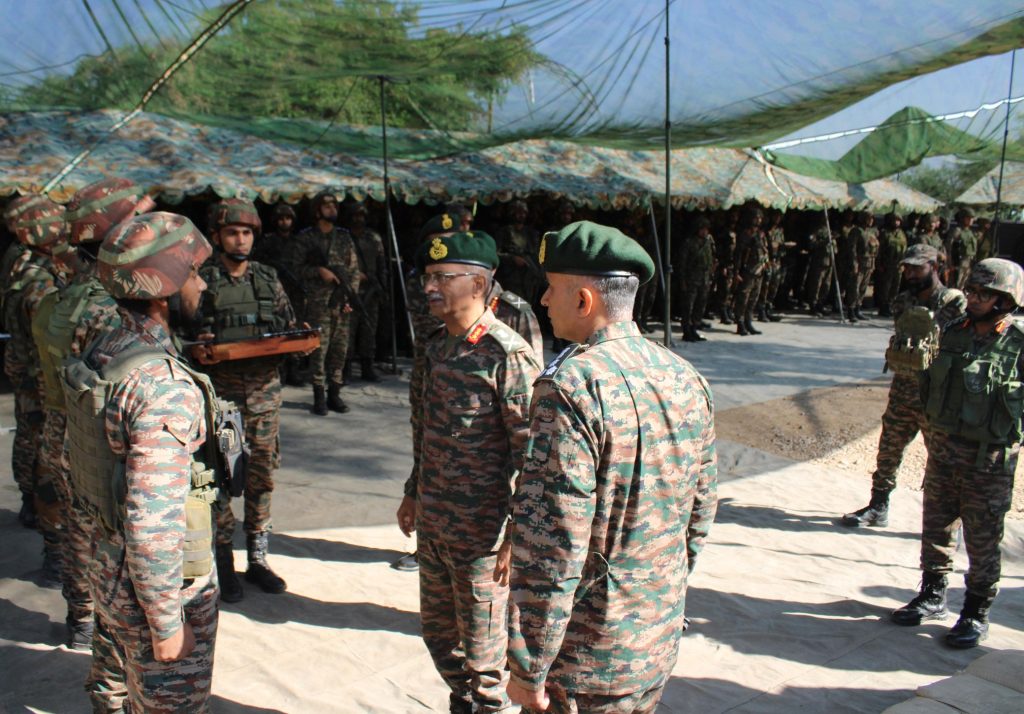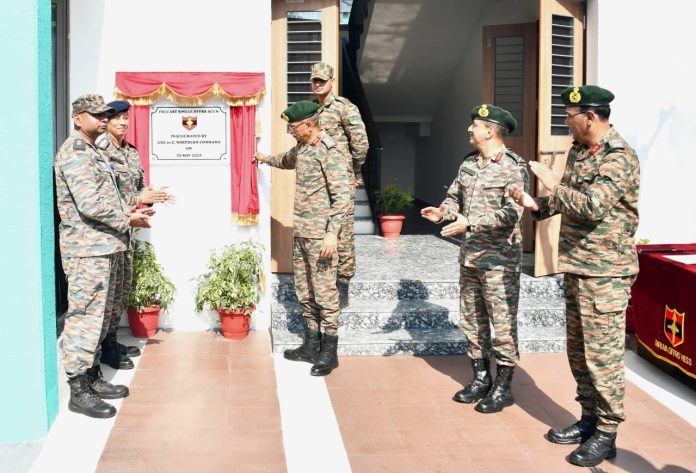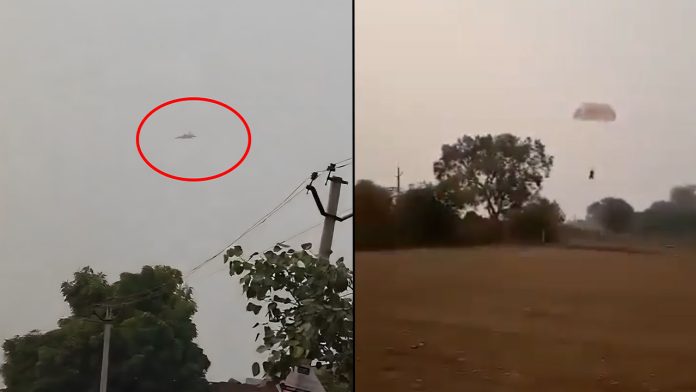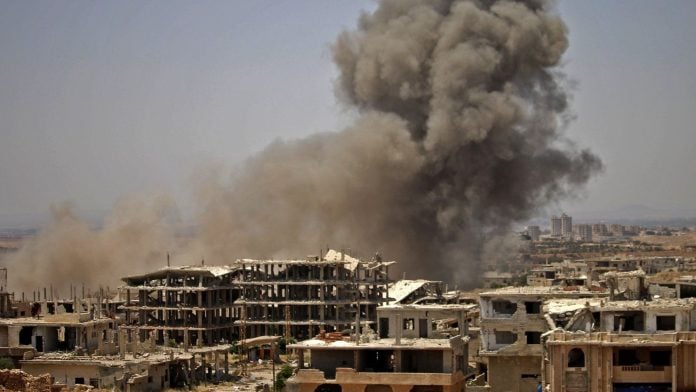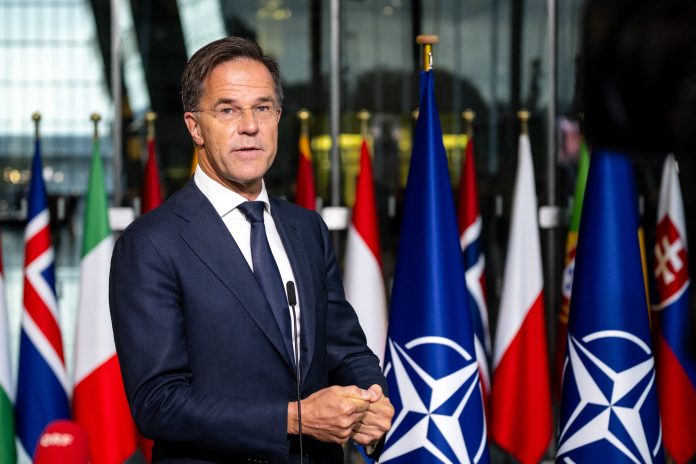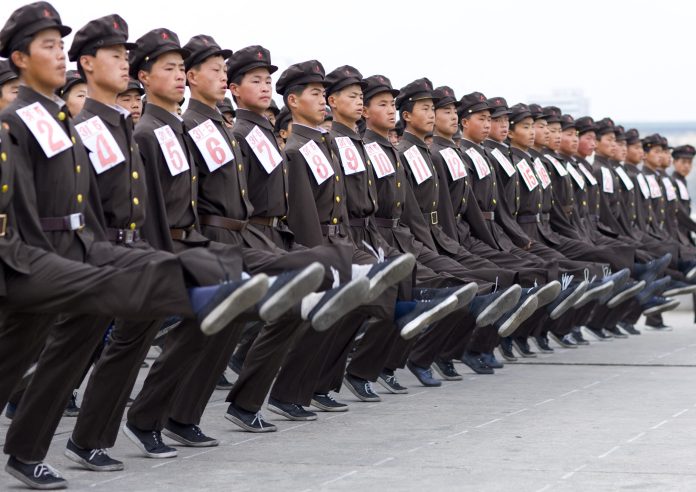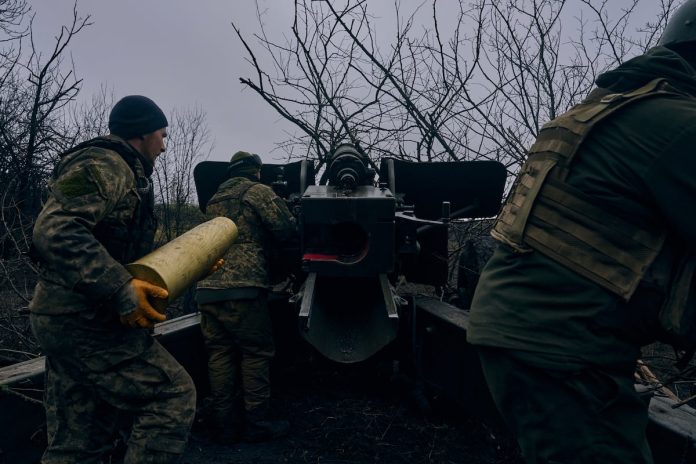South Korea Contracts for 100 Meteor Missiles to Equip KF-21 Fighter Jets
Seoul, South Korea – South Korea’s Defense Acquisition Program Administration (DAPA) has signed a significant defense contract for the procurement of 100 Meteor air-to-air missiles from the European manufacturer MBDA. This contract aligns with the first production phase of South Korea’s newly developed KF-21 Boramae fighter jets, as reported by Yonhap News Agency.
The agreement was finalized last week, coinciding with the commencement of manufacturing the KF-21. This initiative is intended to modernize the Republic of Korea Air Force, which has been relying on older F-4 and F-5 aircraft. The initial production phase aims to build 20 KF-21 jets, with operational deployment expected by late 2026. Future projections estimate that South Korea will ultimately produce over 130 KF-21 aircraft by 2032.
The Meteor missile is renowned globally for its advanced capabilities, featuring a range exceeding 200 kilometers (124 miles) and a no-escape zone of 60 kilometers (37 miles) — the largest of any air-to-air missile. Powered by a ramjet engine and equipped with an active radar seeker, the Meteor can effectively engage a wide range of aerial targets including fast jets, small drones, and cruise missiles. The missile is designed with both impact and proximity fuses, equipped with a fragmentation warhead, enhancing its lethality in combat situations.
The KF-21 program is a collaborative effort between South Korea and Indonesia, with South Korea holding a 60% stake, Indonesia at 20%, and the remainder held by private firms, including Korea Aerospace Industries (KAI). The development is structured into three blocks, each introducing enhanced capabilities over the previous versions. Anticipations for the aircraft include various derivatives for electronic warfare, carrier operations, and export assignments.
In 2019, KAI entered into an agreement with MBDA to ensure the integration of the Meteor missile systems with the KF-21 jets, which also included support for test equipment and expertise transfer for successful missile integration and trial campaigns. Additionally, both companies have explored integrating other MBDA missiles, such as the Brimstone and Spear, onto KAI platforms.
The KF-21 has already undergone testing with the IRIS-T short-range air-to-air missile this year, demonstrating its promise as a next-generation fighter jet for South Korea’s military needs.

